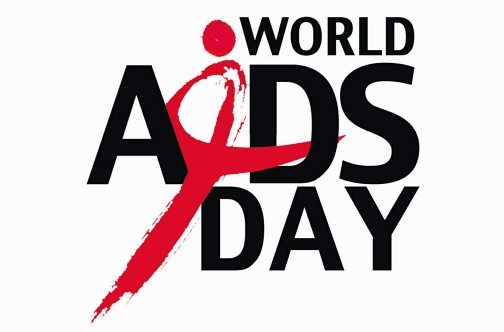New HIV infections among adolescents are projected to rise from 250,000 in 2015 to nearly 400,000 a year by 2030 if progress stalls in reaching adolescents, warns a report released by the United Nations Children’s Fund (UNICEF) today, which is observed annually as World AIDS Day.
“The world has made tremendous progress in the global effort to end AIDS, but the fight is far from over – especially for children and adolescents,” said UNICEF Executive Director Anthony Lake in a news release.
“Every two minutes, another adolescent – most likely a girl – will be infected with HIV. If we want to end AIDS, we need to recapture the urgency this issue deserves and redouble our efforts to reach every child and every adolescent,” he added.
AIDS remains a leading cause of death among adolescents, claiming the lives of 41,000 adolescents aged 10-19 in 2015, according to the 7th stocktaking report on Children and AIDS: For Every Child: End AIDS.
Globally there were nearly two million adolescents aged 10 -19 living with HIV in 2015. In sub-Saharan Africa, the region most impacted by HIV, girls accounted for three out of every four new infections among adolescents aged 15-19.
The report proposes strategies for accelerating progress in preventing HIV among adolescents and treating those who are already infected. These include:
– Investing in innovation including in locally grown solutions;
– Strengthening data collection;
– Ending gender-based discrimination and violence and countering stigma; and
– Prioritising efforts to address adolescents’ vulnerabilities by providing combination prevention efforts.
But funding for the AIDS response has declined since 2014, UNICEF said.
In his message for World AIDS Day, UN Secretary-General Ban Ki-moon said that the international community can look back “with some pride” at the 35 years since the emergence of AIDS, but must also look ahead with resolve and commitment to reach its goal of ending the AIDS epidemic by 2030.
There has been real progress on many fronts, including a reduction by half in the number of children infected through mother-to-child transmission since 2010, fewer AIDS-related deaths each year, longer lives for people with HIV and greater access to live-saving medicines, he said.
But gains remain fragile, he added, with young women vulnerable in countries with high HIV prevalence, especially in Sub-Saharan Africa, and new infections on the rise among people who inject drugs as well gay men and other men who have sex with men.
Mr. Ban also highlighted how the work against HIV is linked to progress in the implementation of the 2030 Agenda for Sustainable Development adopted in 2015, particularly in education, peace, gender equality and human rights.
“As I prepare to complete my tenure as Secretary-General, I issue a strong call to all: let us recommit, together, to realizing our vision of a world free of AIDS,” said the UN chief, who is stepping down on 31 December.
Another highlight of this Day is the launch of the hands up for #HIVprevention campaign that will explore different aspects of HIV prevention and how they relate to specific groups of people, such as adolescent girls and young women, key populations and people living with HIV.








Leave a Comment